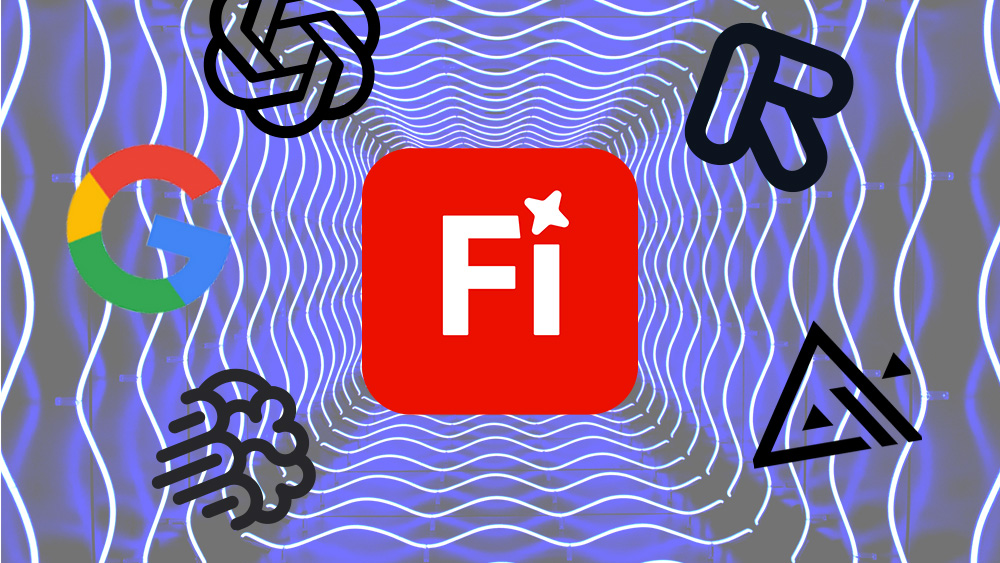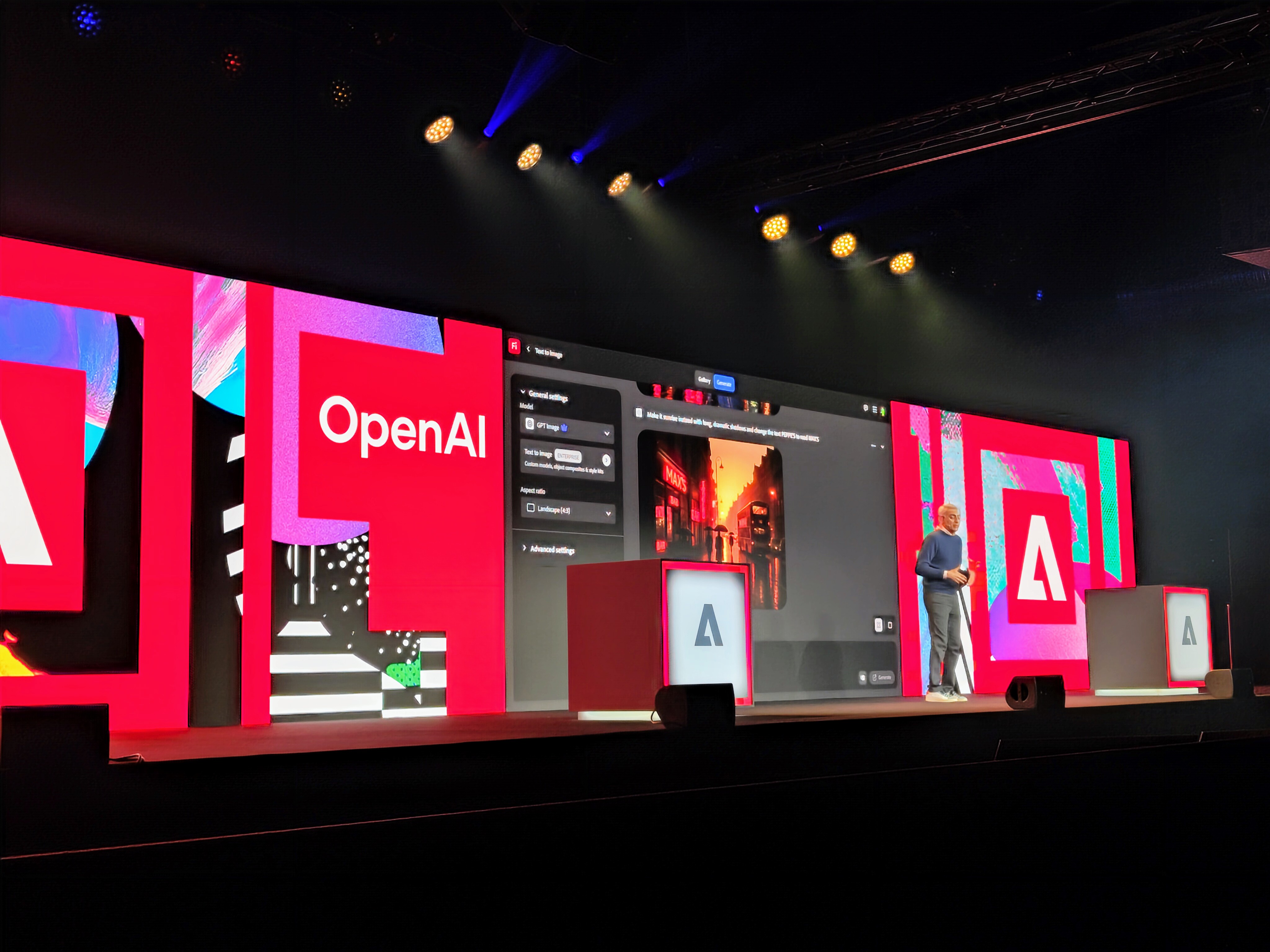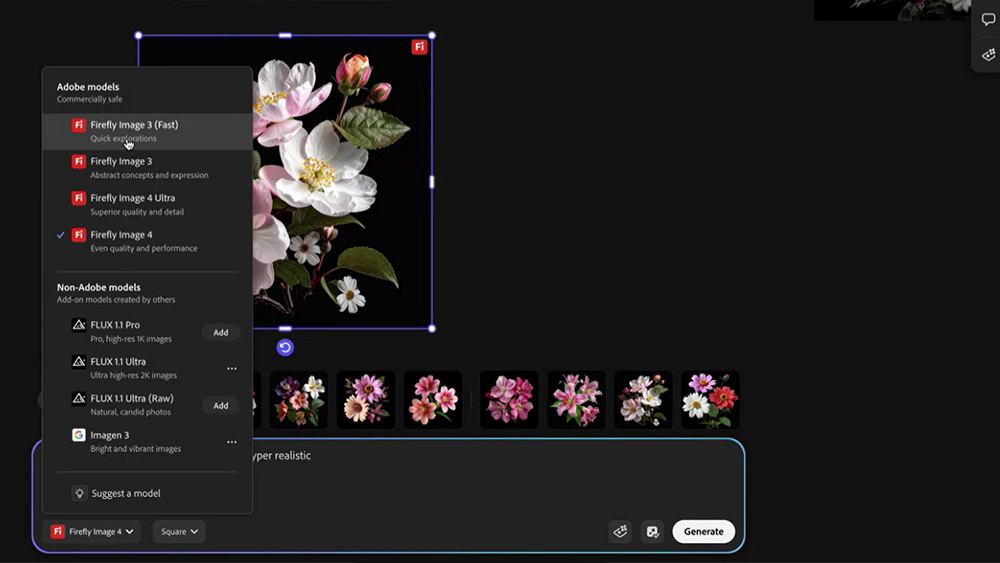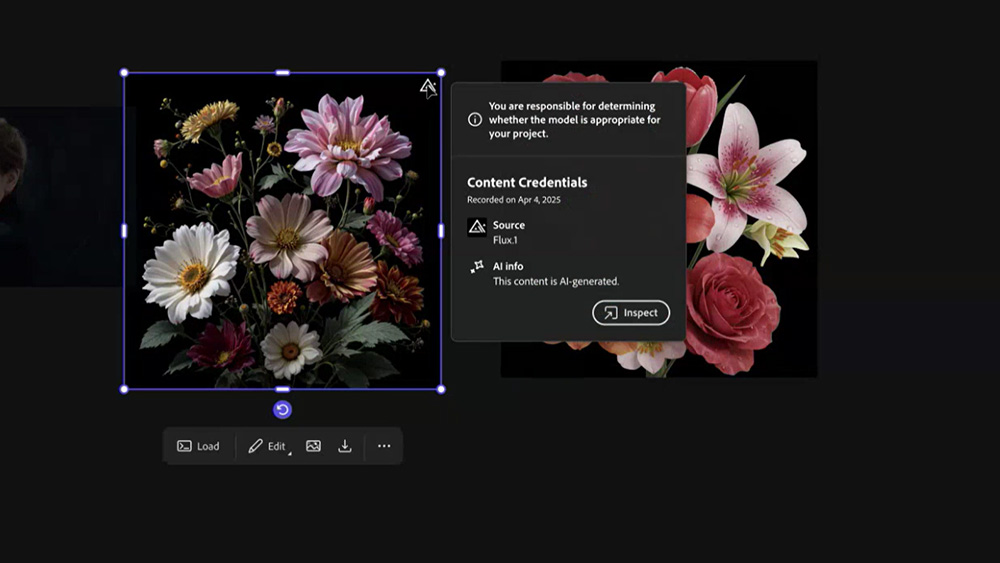
When Adobe Firefly burst onto the scene in 2023, it did so with a big claim. Adobe billed it as the first 'commercially safe' AI image generator. The first ethical AI image generator, we could even say.
The basis for this was that the model's training data was licensed (via Adobe Stock) or in public domain. Together with highly practical tools in existing apps like Photoshop and Premiere Pro, this made Firefly stand out from the likes of Midjourney, Dall-E and Stable Diffusion – as you can see from our best AI image generators roundup.
Firefly couldn't initially compete in terms of realism, but it could do in terms of making itself useful and commercially usable. But now you don't need to choose. Google, OpenAI, Runway, Pika, Flux, Luma, Ideogram.... these are all now Adobe 'partners', and their generative AI models can be used in Firefly itself, as we've just heard announced at Adobe Max London alongside Firefly Image Model 4.

OpenAI's GPT image generation, Google Imagen 3 and Veo 2 are already available, appearing as drop-down options in the Firefly web app, while Imagen 3 and Flux are available in Firefly Boards (a new AI moodboarding tool). We're told that Fal, Ideogram, Pika and Runway will be coming soon.
Adobe's Vice President for Product Marketing, Creative Professional, Deepa Subramaniam said in a press briefing that the software giant knows creative professionals like to experiment with different generative AI models for different projects at different stage of their creative process, especially the creative concepting or ideation phase. "They've told us they want access to them right where they do their work," she says.

It's an approach already offered by various online AI platforms, which provide an interface as a wrapper for various AI models.
Adobe emphasises the benefits in terms of choice and flexibility. By adding other models to Firefly, it means users can immediately compare the results generated by different models and choose the one they want to use.
"Whether creators want the unmatched image quality and commercial safety of Adobe Firefly models or different styles and capabilities from Adobe partner models, they now have the choice and flexibility to effortlessly compare outputs and choose the model that best aligns with their creative vision in a specific project," Deepa says.
Adobe has mentioned plans to go in this direction before, including the intention to add third-party AI video generation to Premiere Pro. But the idea always seemed to grate with its bid to present Firefly as ethical.
The issue reportedly created tensions at Adobe itself, and I can see why. Firefly is still commercially safe if you use its own models, but not if you use the others? And what message does it send to users who object to the training methods of other models?

Adobe stresses that Content Credentials are automatically added to all AI-generated material to provide trust and transparency. These will clearly indicate which model was used to generate any image.
The company has also announced the launch of a free Adobe Content Authenticity app in public beta. This will allow creatives to add details about themselves to their creative work by attaching Content Credentials and also to attach an AI Training and Usage Preference, signalling to AI image generators whether they're happy for their work to be used for training. Whether anyone pays attention to that will be interesting to see.
For more news from Adobe Max London, see the latest Photoshop updates.
And to tie in with all the announcements, Adobe is running a 50% discount on Creative Cloud All Apps! Find out more on Adobe CC's website.







